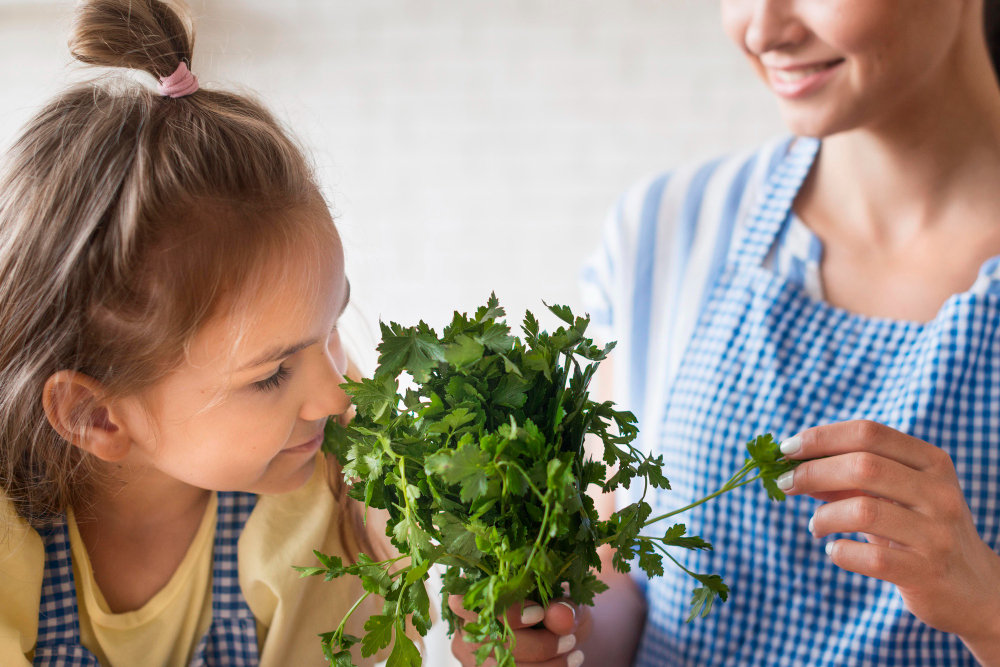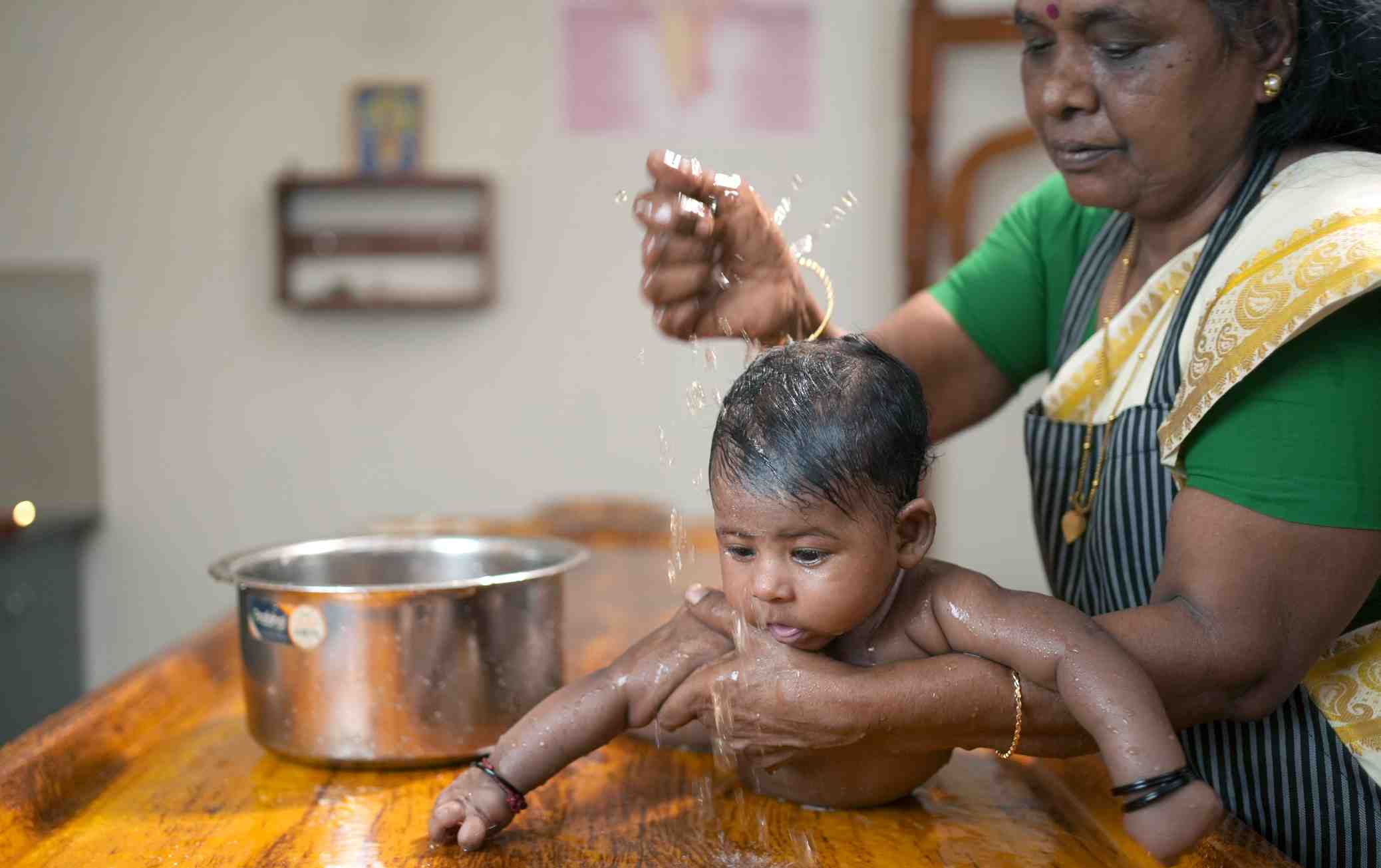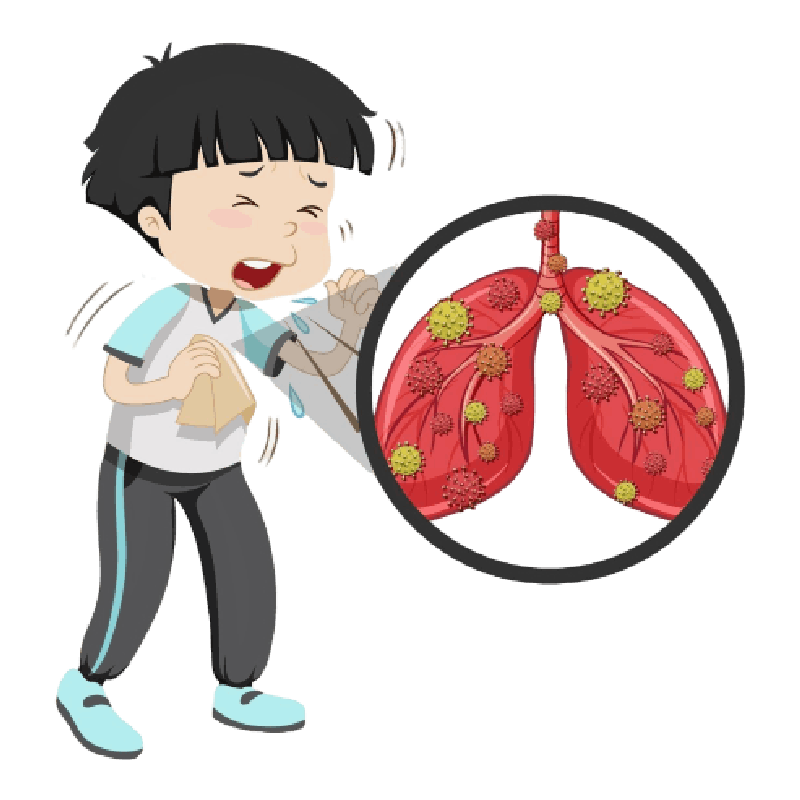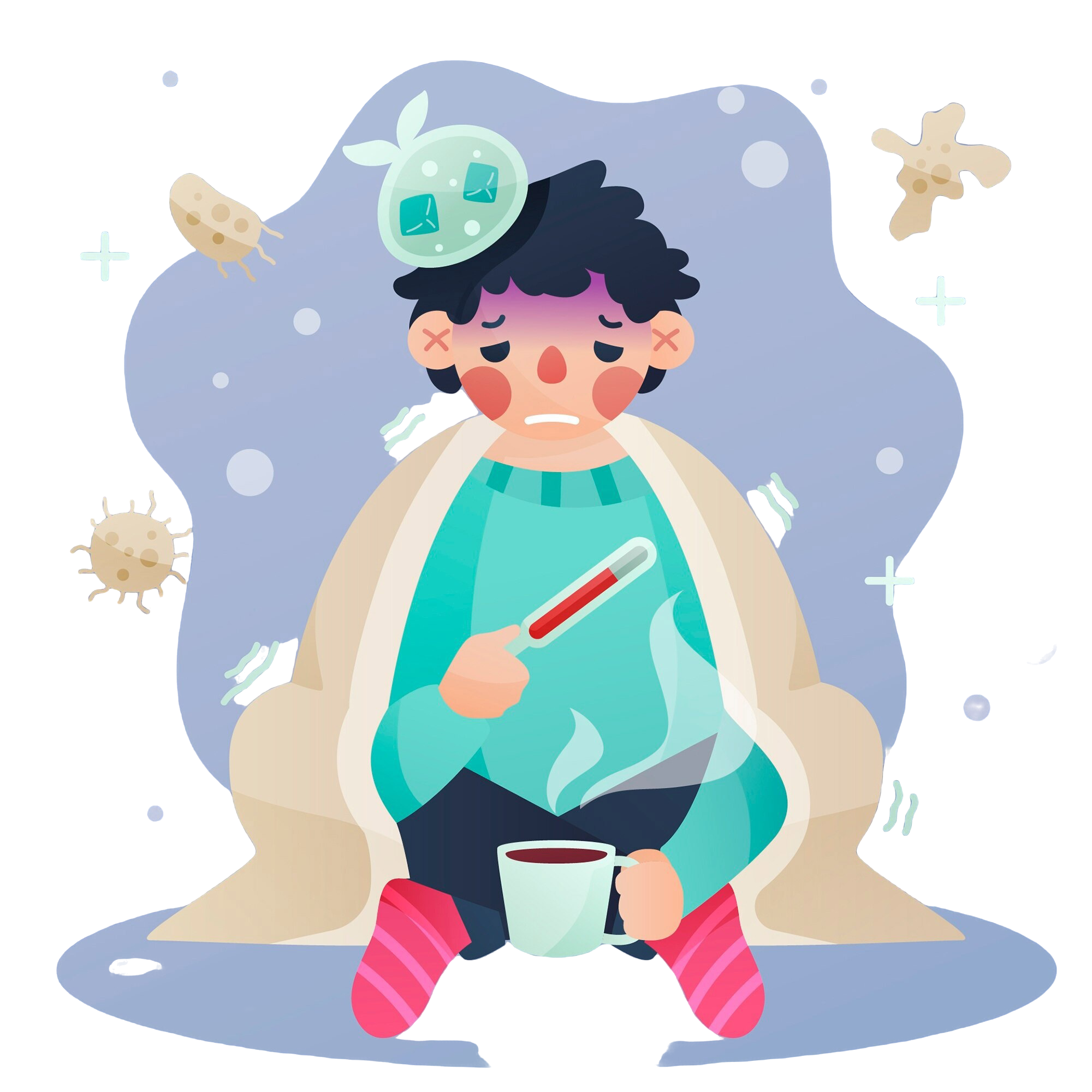Ayurveda Peadiatrics
@

Pediatric Care in Ayurveda: Kumarbhritya
Ayurvedic Treatments at Ennakkathara Arya Vaidyasala – Best Ayurvedic Resorts in Kerala
In Ayurveda, pediatric care is a specialized field known as Kumarbhritya or Kumarabharityam, which is the branch of Ayurvedic medicine that focuses on the health and treatment of children. The term "Kumar" refers to a child, while "Bhritya" denotes the caretaker or protector, meaning the science that nurtures and protects the child.
Ayurveda views childhood as a delicate phase of development, where the body, mind, and spirit are in a constant state of growth and change. The goal of Kumarbhritya is to support and guide children through their physical, mental, and emotional development by promoting a strong, balanced constitution and preventing or treating diseases using natural methods.


Key Concepts of Kumarbhritya (Pediatrics in Ayurveda)

Importance of Prakriti (Constitution) in Children
Ayurveda places great emphasis on an individual’s Prakriti or constitution, which is determined at the time of conception and is based on the balance of the three doshas: Vata (air), Pitta (fire), and Kapha (earth). In children, this balance is particularly important since their doshas are still in the process of stabilizing. Pediatric treatments in Ayurveda focus on understanding the child's unique constitution to ensure their growth and development are harmonious and healthy. For example, a child with a predominance of Vata (air element) may be prone to digestive issues and hyperactivity, while a Kapha-dominant child may be more prone to colds, respiratory issues, or lethargy. Ayurveda's goal is to balance these doshas through diet, lifestyle, and herbal treatments.

Childhood as a Phase of Growth and Development
Ayurveda considers childhood as a period of Vata predominance — meaning that the body and mind are governed by the qualities of Vata (dryness, lightness, and mobility). This stage is crucial for growth, and thus, Ayurveda focuses on promoting Sattva (mental clarity), Ojas (vital energy), and Bala (strength) during this time.

Immunity and Health (Bal Raksha):
The immune system in Ayurveda is represented by Ojas, a vital energy that is responsible for strength and immunity. Children’s immune systems are still developing, and therefore, Ayurveda focuses on strengthening Ojas through proper nourishment, lifestyle, and medicinal herbs. Bal Raksha (children’s health protection) is achieved through the use of herbs like Ashwagandha, Guduchi, Tulsi, and Amalaki, which help to build immunity, improve digestion, and provide strength. Ayurveda emphasizes the importance of breastfeeding, as it is believed to impart essential nutrients and immune-boosting qualities to the child.
Common Diseases and Disorders in Children – Ayurvedic Perspectives
Ayurveda offers a comprehensive approach to dealing with various childhood diseases, and some of the common conditions treated in Kumarbhritya include:
Digestive Issues:

- Colic and indigestion: In children, the digestive fire (Agni) is weak, leading to conditions like colic, indigestion, and malabsorption. Ayurveda recommends remedies such as Ajwain (carom seeds), Fennel, and Triphala to improve digestion.
- Constipation: This is commonly seen in children due to an imbalance in the Vata dosha. Herbal remedies such as Haritaki and Triphala are often prescribed to gently cleanse the bowels and improve digestion. Kapha types (heavy, oily, and slow) thrive on light, spicy, and warm foods, like beans, lentils, and cruciferous vegetables.
Respiratory Disorders:

- Cough and Cold: Ayurveda often treats conditions like coughs, colds, and asthma with herbal remedies like Tulsi, Honey, Ginger, and Licorice to clear the respiratory passages, balance Kapha (which tends to increase mucus production), and improve lung function.
- Bronchitis and Pneumonia: These conditions are treated by balancing the doshas, using herbs like Pippali (long pepper), Vasa, and Bala to open up the respiratory system and improve breathing.
Fever (Jwara):

- Fever is considered an imbalance of the Pitta dosha in Ayurveda. Herbal treatments such as Giloy (Guduchi), Ashwagandha, and Turmeric are used to lower fever, reduce inflammation, and strengthen the immune system.
- Special formulations and diets are advised to help the body combat infections while maintaining internal harmony.
Skin Conditions:
- Children are more prone to skin conditions like eczema, rashes, and allergic reactions. Ayurvedic treatments use herbs such as Neem, Aloe Vera, Turmeric, and Sandalwood to soothe inflammation and heal the skin.
- Ayurveda also focuses on maintaining proper hygiene and avoiding triggers like excessive heat or exposure to harsh chemicals.
Behavioral Disorders:
- In Ayurvedic terms, children exhibiting hyperactivity, anxiety, or restlessness may have an imbalance in their Vata dosha. Remedies like Brahmi, Ashwagandha, and Shankhapushpi are used to calm the mind, enhance concentration, and promote emotional stability.
- Ayurvedic practices like meditation, yoga, and specific breathing exercises are often incorporated into a child’s routine to promote mental well-being.
Teething Issues:
Teething can cause discomfort, irritation, and inflammation in children. Ayurveda offers remedies like clove oil, liquorice, and ginger paste to ease the pain and promote healthy teething.
Dietary Guidelines for Children in Ayurveda

Milk and Dairy Products:
Breast milk is considered the ideal food for infants, and Ayurveda also supports the use of cow's milk and ghee for growing children as they provide essential nutrients and enhance Ojas (vital energy).

Age-Appropriate Foods:
Ayurvedic texts suggest introducing solid foods like kitchari (a simple dish of rice and lentils) once a child reaches around 6 months of age. Gradually, foods like khichdi, vegetable soups, and moong dal are recommended to balance Vata, Pitta, and Kapha.

Herbal Tonics:
Ayurvedic tonics, such as Chyawanprash (a powerful herbal blend), are commonly used in childhood for boosting immunity, improving digestion, and supporting overall development.

Avoiding Processed Foods:
Ayurveda recommends avoiding overly processed, spicy, or oily foods for children, as they can disturb the balance of the doshas and lead to digestive problems, skin issues, or hyperactivity.
Ayurvedic Practices for Child Development

Massage (Abhyanga):
Regular Ayurvedic massage with warm herbal oils helps to promote healthy growth, improve circulation, and calm the nervous system.

Yoga and Pranayama:
Age-appropriate yoga poses and breathing exercises help to strengthen the body and calm the mind. These practices are especially beneficial for children with anxiety or behavioral disorders.

Sleep Hygiene:
Ayurveda emphasizes the importance of a regular sleep routine, as quality sleep is essential for growth and vitality. Herbal teas like chamomile or ashwagandha may be used to promote restful sleep.
Conclusion
Kumarbhritya, or Ayurveda's approach to pediatrics, offers a comprehensive and natural way to address a wide variety of childhood health issues. By focusing on the unique constitution of each child, Ayurveda aims to create a balanced environment for growth, immunity, and overall health. Combining Ayurvedic wisdom with modern medical knowledge can provide a holistic approach to nurturing healthy, happy children.


